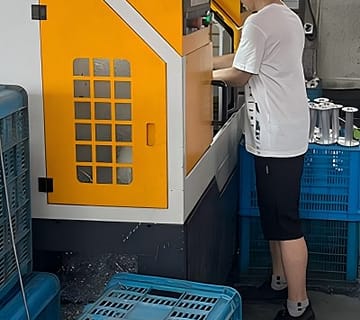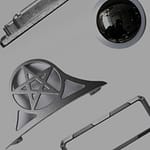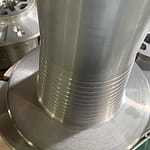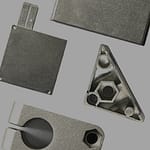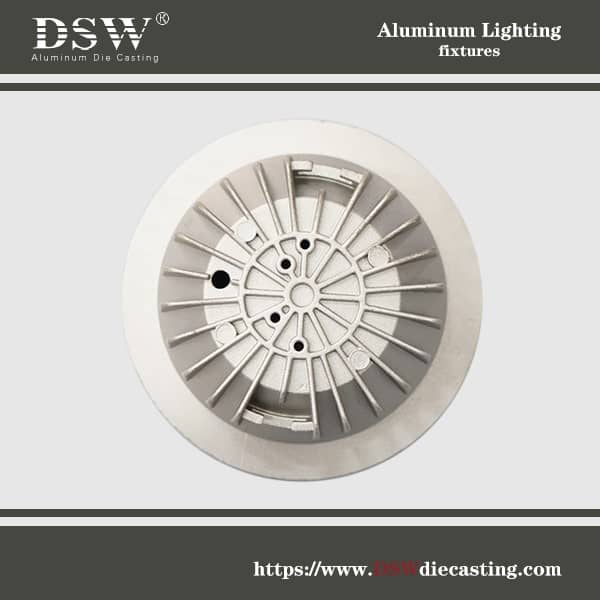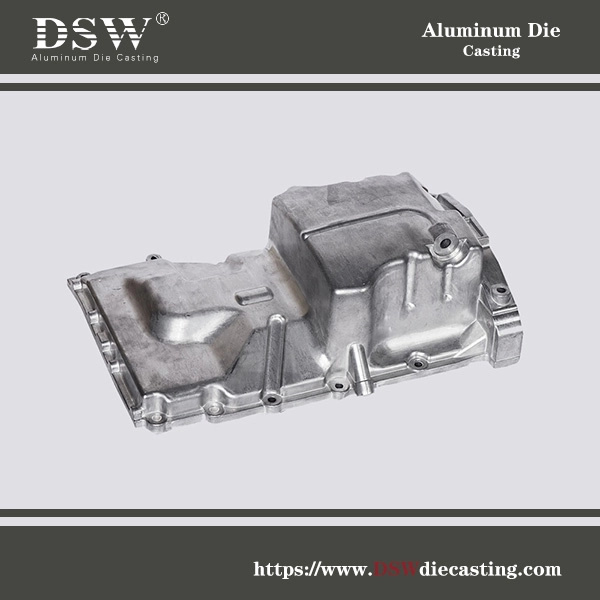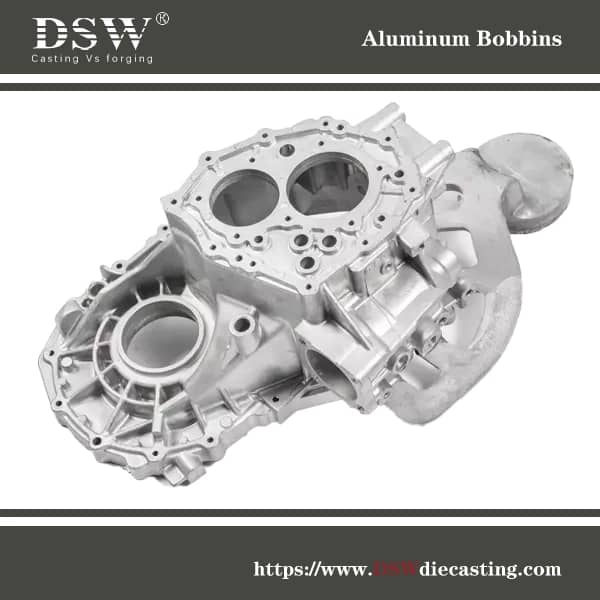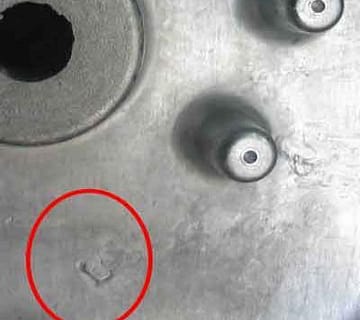
The surface finish of a cast metal part depends on several factors:
Casting Method: Different casting processes have inherent limitations and capabilities regarding surface finish. For example, die casting generally produces smoother finishes compared to sand casting.
Material Selection: The type of metal being cast can influence the surface finish. Some metals are more prone to surface defects or have a naturally rougher texture.
Mold Material and Design: The material and design of the mold can impact the surface finish. For instance, a smoother mold surface will generally transfer to a smoother cast part.
Process Parameters: Optimizing pouring temperature, solidification rate, and other process parameters can help achieve a desired surface finish.

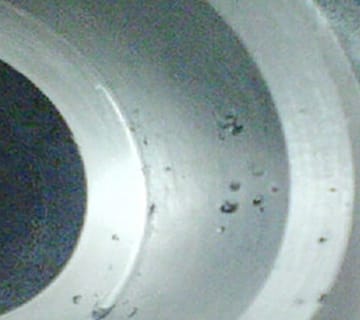
Solving Shrinkage Porosity in Aluminium Die Casting
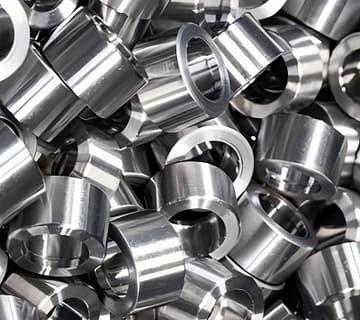
How to Choose Between Zinc Plating and Nickel Plating?
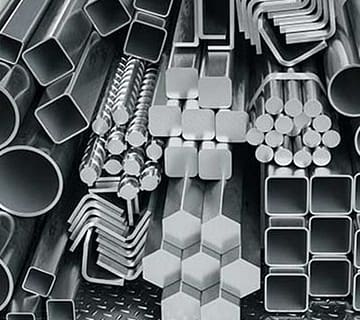
Aluminum Alloys Yield Strength and Tensile Strength

Cast Aluminum vs Die Cast: Which is Right for You?
